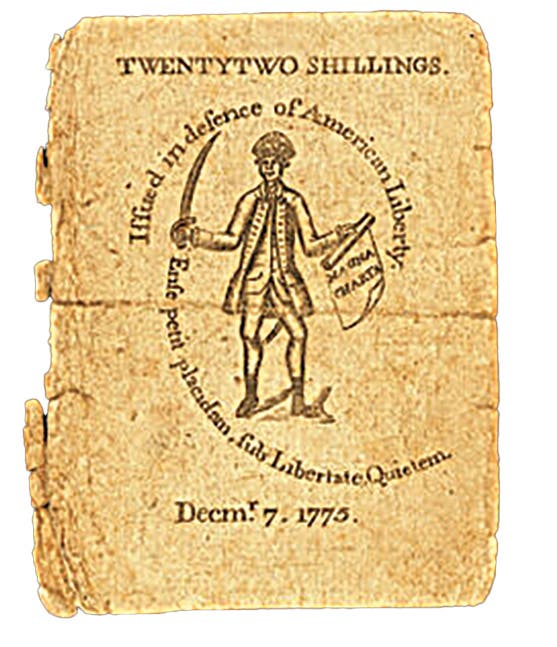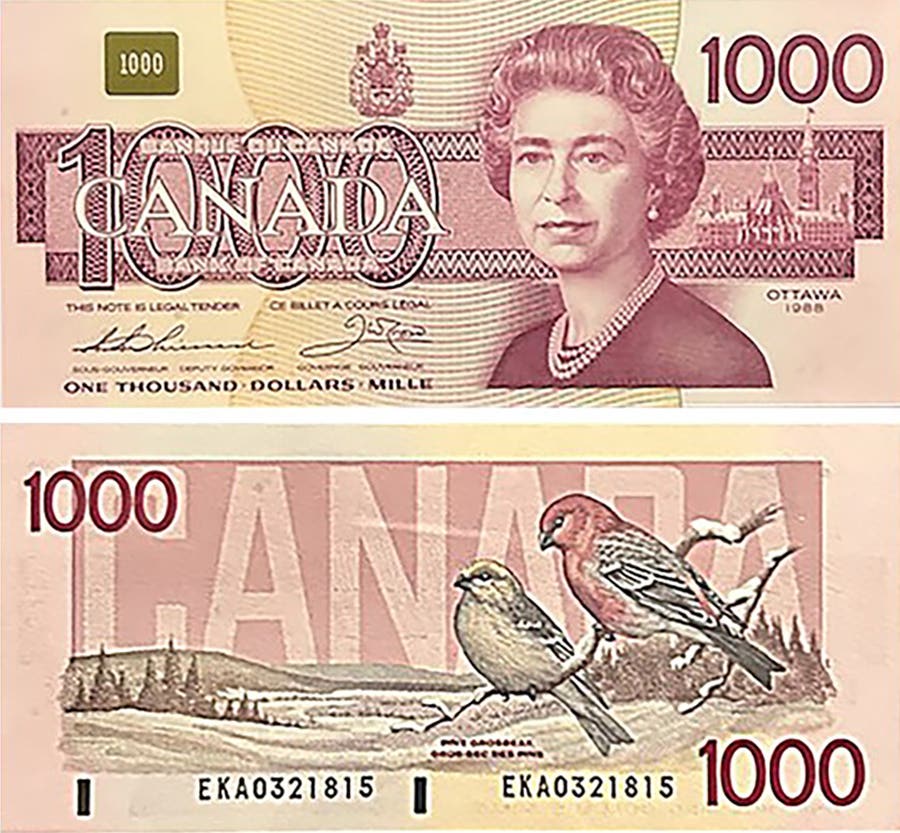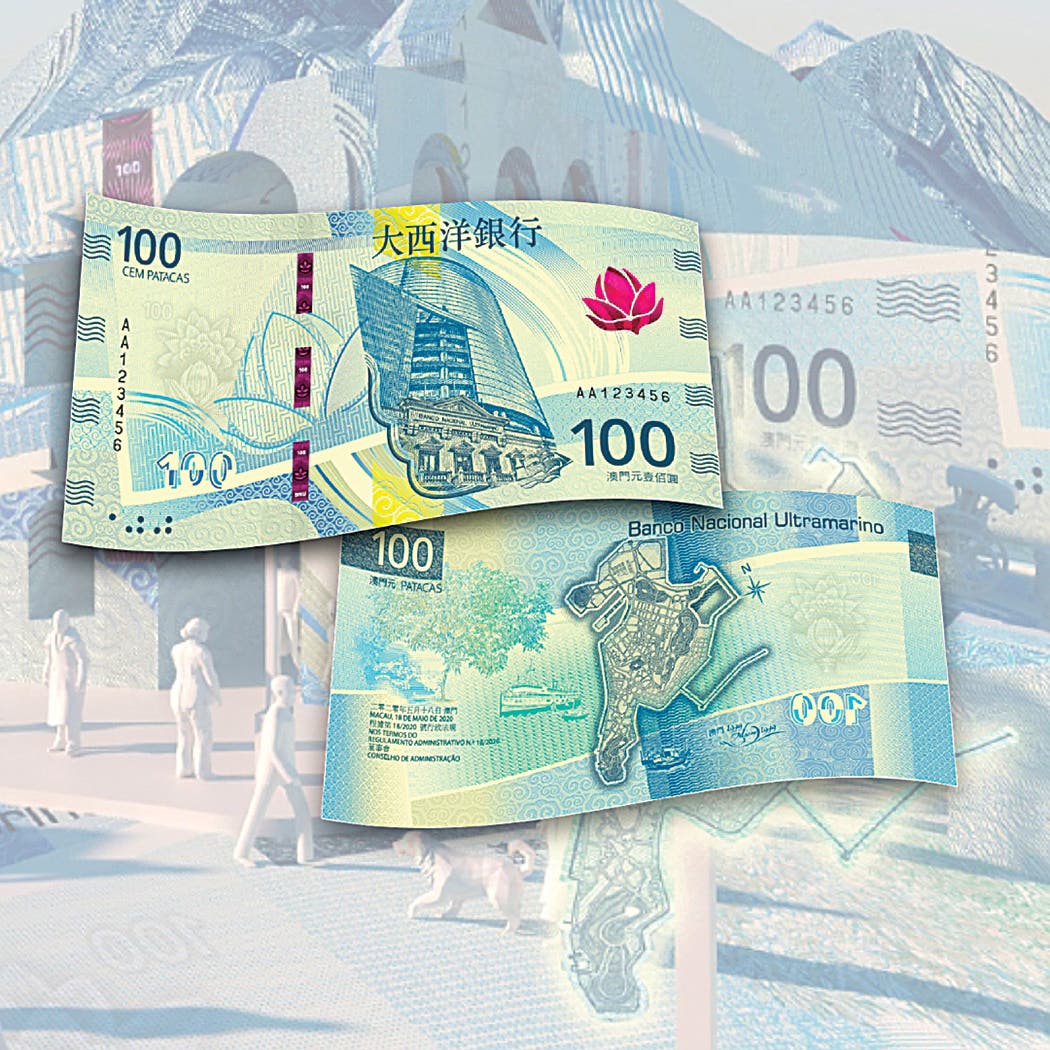High-Grade Notes Becoming More Common
The current financial difficulties do not seem to have a big impact on prices. Low-grade common material seems a bit down, but high-grade or scarce notes remain strong. Once again…
The current financial difficulties do not seem to have a big impact on prices. Low-grade common material seems a bit down, but high-grade or scarce notes remain strong. Once again $500 and $1,000 Federal Reserve Notes are very strong. World Currency remains in demand and Large Size notes did well in a recent Stack's Bowers auction. The main content of the auction was Obsolete notes from around the country.
These notes can be extremely attractive and several of them are quite affordable. If you’re looking for a new niche, look into this area. Fancy serial numbers have become popular and are well represented in auctions along with pricey number one notes. Recently a PMG 45 1935A silver certificate signed in ink by W.A. Julian sold for $404. Julian served as the Treasurer of the United States from June 1, 1933, until July 23, 1946, when he was killed in an automobile accident. The Secretary of the Treasury who served with him from Jan. 1, 1934, until July 23, 1945 was Henry Morgenthau Jr. His 1935 ink signed Fancy serial numbered $1 silver certificate sold recently for a similar price.
Autographs on currency are popular now, and even though these officials served a long time together, their signatures are a bit scarcer than more modern ones. These autograph notes are also well represented in currency auctions. Error notes are very well represented at auction. Large Size errors are especially prized. Two denomination notes bring big prices, Large or Small. For information on error notes, check out Fred Bart’s book on these interesting notes. High Grade notes are showing up more lately. A few years ago, notes graded at the 67 level were about as rare as things got. It appeared to me that they generally sell at about twice the price of 65 graded notes. It seems that greater precision was reached in the 1957 $1 silver certificates. You can purchase a high- grade example for under $100 dollars. Lately more 68 and 69 graded notes are appearing among recently printed notes. Don’t go crazy in securing a 68. I have recently purchased a $5 Minnesota Federal Reserve note, 69A and a 68 $5 Minneapolis FRN, 2006 series. These notes, like the 57 silver certificates come nice. I paid about $100 for each. A modern 69 graded note, however, recently sold for a bit over $400. Unfortunately for me, I am completely unable to tell these grades apart. The ANA show in Chicago is coming up as I write this, and I will be reporting on it in the next issue. National Bank Notes, as usual, remain dependent on interest in their geographic area.
Type collectors can take advantage of this by looking at well populated cities or states. New York City comes to mind. It has more than 130 National Banks, not including Brooklyn. There must be bargains with that massive a grouping. What do you collect? What discovery have you made? Drop me a line so I can share your luck with our readers. I remain at billbrandimore@charter.net








